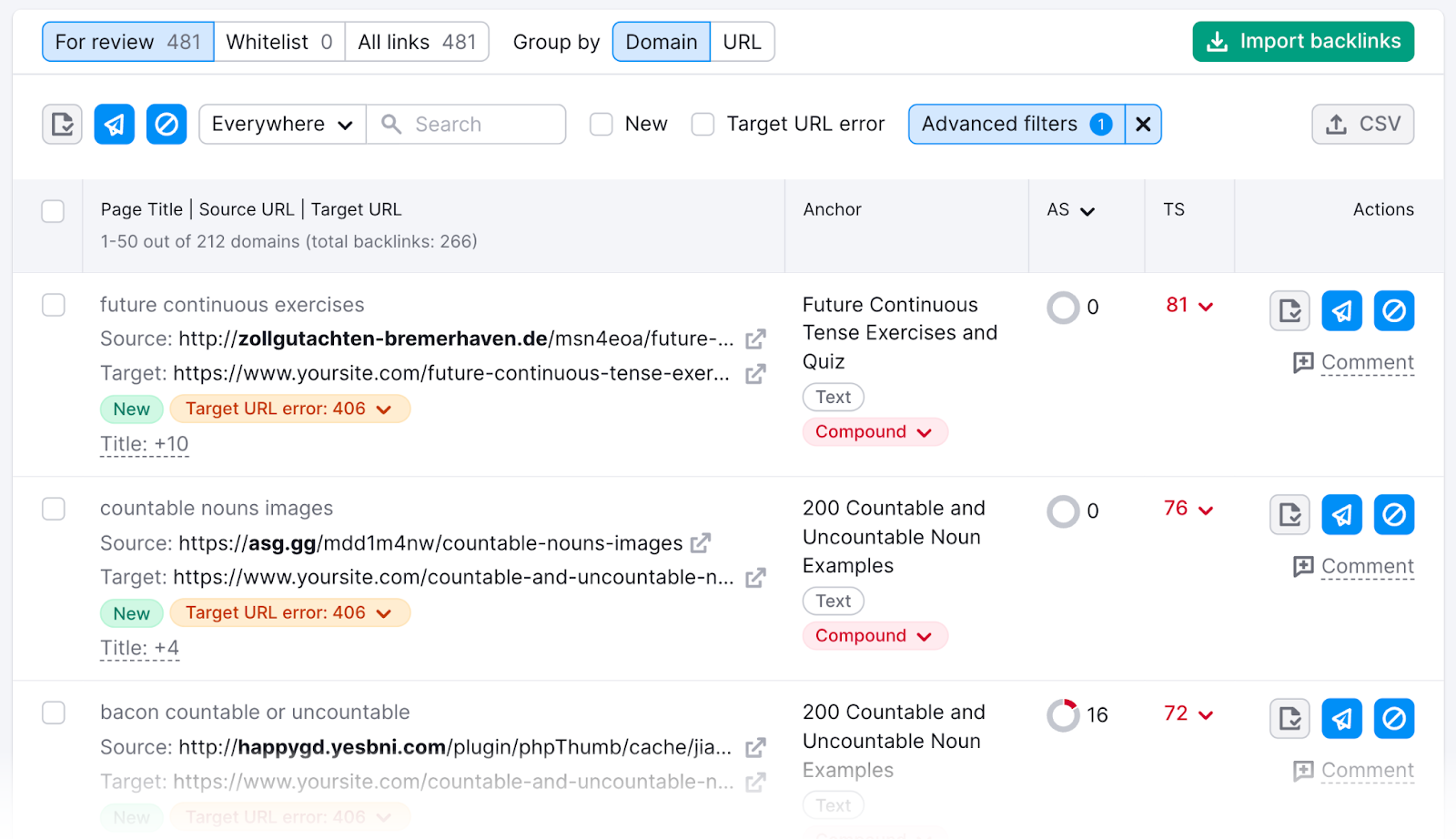All Categories
Featured
Table of Contents
They can also more easily outperform rivals for important keyword phrases in their specific niche. Semantic search engine optimization is the process of constructing more meaning and topical depth right into internet content. By doing so, you help Google crawlers better comprehend your web content. You also aid them see it as top notch and hence promote it extra commonly in the SERPs.
Crawlers simply sought specific keyword phrases on a page to recognize significance and significance. We all know that there is a lot more that goes into recognizing human language than merely the words we make use of. Context, faces, tone, and the paragraphs before and after our words, all effect their significance.
Some of the largest transforming factors in this effort include: Expertise Graph: A big, advanced between certain entities and ideas. Hummingbird: and context behind inquiries, reducing the focus on singular keywords. RankBrain: and thus offer users with more pertinent search engine result. With these advancements, Google can consider an item of web content and understand not only the subject it covers, yet the associated subtopics, terms, and entities and how every one of those various ideas relate.

The fact is, searchers aren't always just looking for one details answer when making use of Google; they are usually attempting to comprehend an offered topic with even more deepness. What's the distinction between white hat and black hat web links? In terms of the search experience, it's much better for the individual to locate a single piece of material that answers all of those relevant questions rather than different items of material for each individual question.
Top Semantic Search And Seo Store Near Me
It enables them to obtain more thorough info without needing to continuously return back to the search bar. Although semantic search engine optimization methods require even more time and effort for web content teams, the advantages are considerable. Much more keyword positions in organic search. Enhanced content top quality signals in the eyes of Google crawlers.
Integrated with each other, they are all fixated boosting topical deepness and much better sharing the meaning of web material. Due to the fact that Google isn't dependent on just one keyword per web page, your web content team ought to be enhancing your website for numerous key phrases in the exact same semantic collection. Keyword clusters are groups of similar keyword phrases that share semantic importance.
The most simple semantic search engine optimization technique is to boost the length of your internet material by providing a much more thorough exploration of your topic. Content size is not an official ranking variable, longer web content is a lot more likely to show stronger semantic signals. Several researches have revealed the solid relationship in between longer web content and higher-ranking placements.
Top-Rated Semantic Search Algorithms

Rather, the very best means to boost the length of your internet material is to be a lot more specific, nuanced, and extensive with the info you're supplying users regarding the key subject. With Google's improved formulas and NLP models, there is no requirement for individuals to pack their web content loaded with their keyword target in order to rank.
They're not a ranking variable, yet including these terms to the web content by means of page titles, meta descriptions, h1-h6s, and photo alt text can improve topical deepness and semantic signals, while likewise making the content extra legible and nuanced for searchers. One more way to improve the semantic deepness of your content is to respond to the typical inquiries that customers are asking in connection with your primary keyword phrase.
They essentially offer the "rip off codes," to enhance topical depth. Screenshot from SearchAtlas, February 2022 A search engine optimization content author could absolutely explore the web content position on the initial web page to determine the crucial terms. Yet material optimization software program does the very same work in an issue of secs. By adding those terms, topics, or concerns onto the page, you boost topical deepness and thus exercise semantic SEO.
Subject collections are groups of web content pieces that are centered around a main subject. The keyword cluster visualized in strategy # 1 is a part of a larger subject cluster focused on web link structure. The various posts (each targeting their own keyword cluster) all link back to a primary "column web page," that is focused on the larger topic of link building.
The Leading Semantic Search Optimization To Get
By doing so, Google will not only connect your internet site with a few keyword phrases yet several larger topics and the hundreds of key words and search inquiries that are associated to them. Featured Image: pogonici/Shutterstock.
In the old days, when search engines weren't as progressed as they are today, finding precise solution to inquiries in a solitary click was a rarity. As an example, a search for "MySpace vs Facebook", would possibly lead individuals directly to these web sites as opposed to offering a clear contrast in between both.
What Is The Most Suitable Semantic Search Ranking Improvements Plan?
Google AI Overviews Study by SE RankingDownload our research study and find out what key phrases set off AIOs and a lot a lot more! Click the web link we sent you in the email to verify your emailand get AI Overviews Research study by SE Ranking is the procedure of maximizing your content for a topic instead of for a solitary key words or expression.
This approach helps internet search engine deliver even more meaningful outcomes and improves the overall user experience in search. Semantic search engine optimization, at its core, is concerning producing thorough material with all the essential information for a specific topic. To create engaging content and enhance a site for exposure in search results page, it is essential to realize Google's existing methods to ranking internet sites and presenting information on SERPs.
Latest Posts
What Does Semantic Seo Cost?
Who Is The Most Reliable Semantic Search Algorithms Service
When Are The Top Semantic Seo Analysis Deals